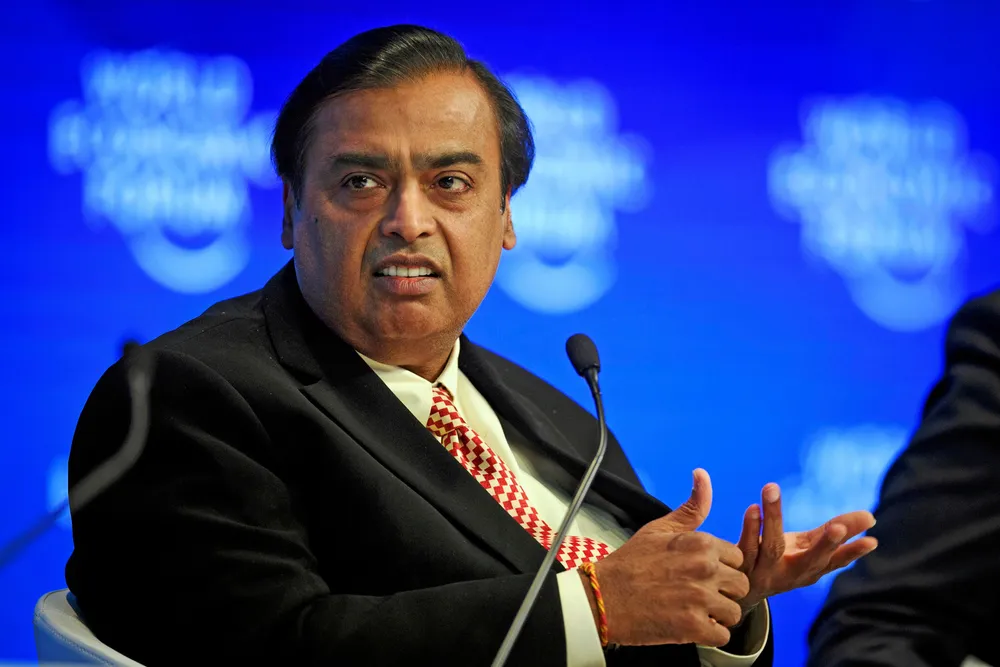Asia's richest man unveils $10bn 'giga-plan' to turn India's Reliance into clean energy major
Conglomerate aims to set up massive factory complex and build 100GW of solar, says billionaire chairman Mukesh Ambani

Conglomerate aims to set up massive factory complex and build 100GW of solar, says billionaire chairman Mukesh Ambani
